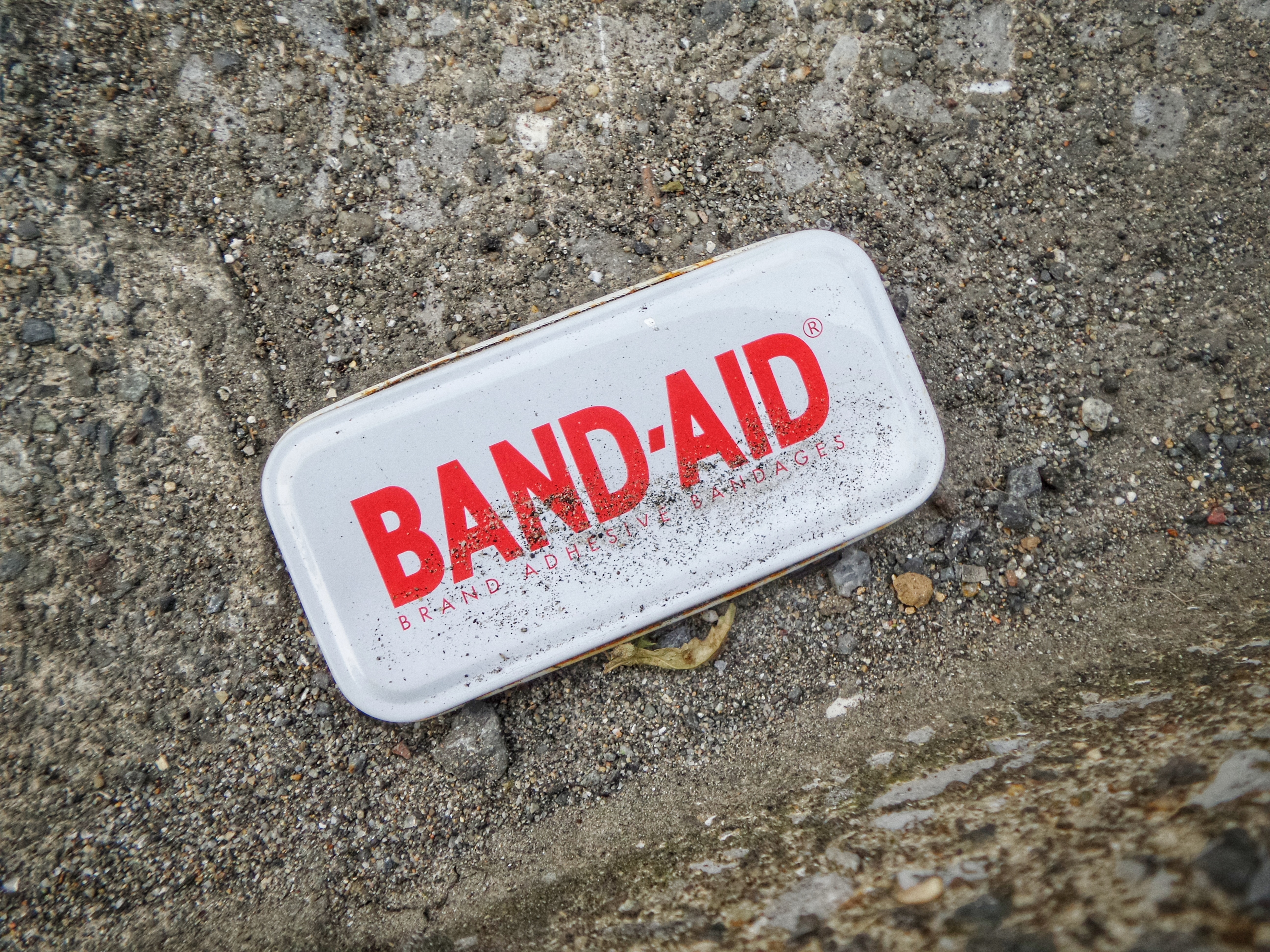We all know to keep first aid kits handy in the RV and in our backpacks when we go out exploring Michigan’s wilderness, whether it’s hiking, biking, or kayaking.
It’s essential to have these kits close at hand and to know what to do with the various items within it. Taking a first aid class yourself, or with others in your family, can help prepare you ahead of time and make you better able to respond if something does happen.
Essential Items for Your Kit
You can purchase a pre-packaged kit from pretty much anywhere, and they come in all sizes. The Red Cross has many options for sale on its website. A larger kit may be needed if you have multiple family members and pets along. You can also create your own first aid kit and place the items in a baby wipe holder, an old tackle box, or a duffel bag. Your first aid kit should include, at a minimum:
- Band-Aids
- Antiseptic wipes
- Ointments – hydro-cortisone for itches, Neosporin for lacerations, bacitracin for burns (or similar)
- Gauze pads and gauze roll
- Athletic tape
- Pain relief medication such as Tylenol and Advil
- Allergy medicines such as Benadryl and Claritin
- Tweezers
- Bandages
- Scissors (for cutting clothing or bandages)
- Nonlatex gloves
- Thermometer
- Flashlight
- Any medicines specific to your family, e.g.., asthma inhaler
For pets, add these items:
- Hydrogen peroxide
- Non-stick bandages (self-adhering and water-repellent)
- Adhesive tape
- Pliers (in case of porcupine quills)
Treatment Tips for Common Problems
Burns: Ouch! Minor burns can be treated at the campsite by running cool water over it (use the lake if necessary) and then applying ointment and a Band-Aid. If the burn is more severe, go to the hospital.
Scrapes and lacerations: First, clean the wound if you can with water and soap or antiseptic wipes. Make sure there isn’t any dirt lodged in the wound. Then add some ointment prior to placing the bandage or Band-Aid. Keep an eye on the wound for signs of infection, such as redness, discharge, or pain at the site. If stitches are needed, then apply pressure to the wound and make your way to the emergency room for care.
Twisted ankles: Sometimes those rocks and tree roots get in the way. Support the person as best as you can to help keep weight off the affected ankle. Elevate it as soon as possible and alternate between applying heat and cold. Wrap it with an ACE bandage to add stability and compression. If an ankle gets more than twisted and breaks, then you need to locate a nearby hospital for treatment. On the trail, it’s important to stabilize the ankle prior to moving the hiker with a splint above and below the break or fracture. Don’t try to realign the bone.
Be Prepared with Reference Guides
A first aid class will provide materials as well as hands-on learning when it comes to common first aid scenarios. You can tuck it away in your RV next to the first aid kit. There are also apps you can download to your smartphone that you can use for reference when you’re out and away from the RV.

